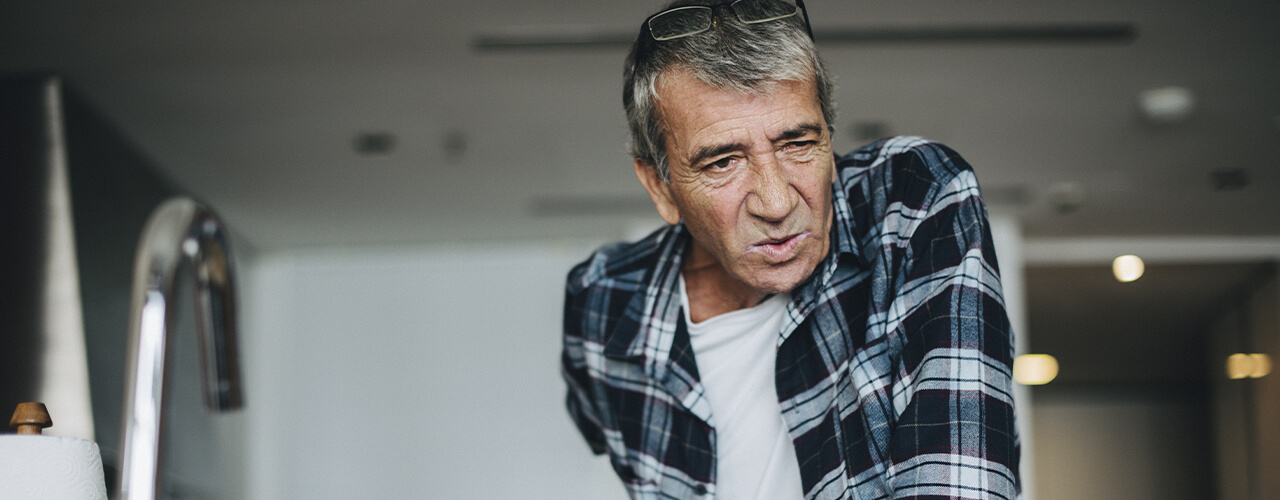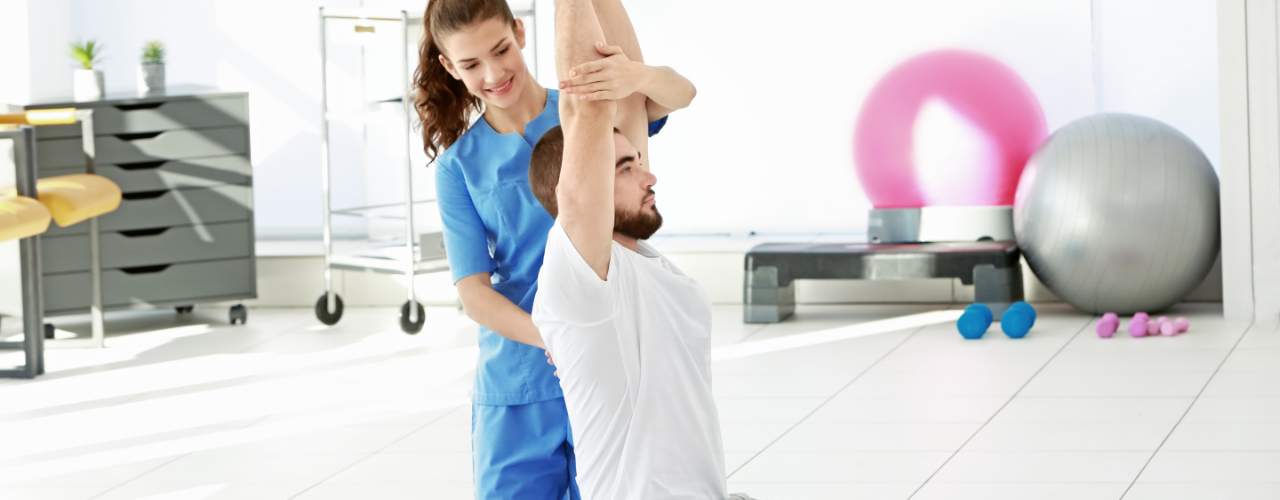Get Moving with Hip Pain Relief

The hip is one of the largest joints in the body and is a major motion area for the pelvis/lower back complex. It is highly involved in supporting proper lower back function and plays an integral role in good knee mechanics. The muscles around the hip tend to get tight due to the weight-bearing nature of this joint, and when motion gets limited there is a corresponding increased stress on the lower back, as well as increased frictional stress in the hip itself. Hip replacement surgery is a very common procedure in the above 55 age group and often relates to an insidious progression of tightness in the hip muscles and socket which creates stress on the cartilage. Good hip health can be augmented by understanding how a hip gets tight and what exercises would assist in reducing premature osteoarthritis and hip impingement. There are many associated diagnoses related to overused tissues (bursitis, tendonitis, piriformis syndrome) which build off the insidious tightness progression as well. Physical therapy is strongly suited to handling these issues because rehab typically requires deep tissue work, stretching, and corrective exercises. A good hip evaluation should be a part of all lower back evaluations since these two areas are so related. And the same reasoning would be used for the knee.
Common conditions our physical therapists help:
- Hip pain and thigh pain
- Sprain/strain
- Trochanteric Bursitis
- Sciatica
- Piriformis Syndrome
- Osteoarthritis of the Hip
- Total hip replacement/Partial hip replacement
- Post-surgery rehab
- Difficulty walking
Related Case Studies
“I have had a long-standing gait issue with my right leg which had gotten so bad that I couldn’t walk 2 blocks without pain. After working with Luke for several months, I have seen great improvement. I am able to walk much longer distances without pain. Luke’s therapy plan helped me make good progress toward my goal of walking 1.5-2 miles without pain. Also, my core and lower body strength has improved significantly. As a result, my posture and my balance are better. Before working with Luke, I had never had a physical therapist that I was reluctant to say goodbye to. He was encouraging and supportive, helping me to find that sweet spot of progress without lots of pain. Last but not least, everyone on staff is competent, kind, and helpful.”
Relieve your hip pain today
If you have been limited by your hip pain, schedule a consultation with our Holland, MI physical therapy office today. We’ll provide you with the best methods for getting rid of your pain, so you can get back to your life!
A Better Life is Only Four Steps Away
Physical therapy can be an unfamiliar experience for many. To orient new patients to the process, we have divided their rehab journey into four segments called “The Four Phases of Getting Better.” It is important to note that while there are four phases utilized over the course of your care, they are not totally separate. They move gradually toward greater strengthening and function, which is the end goal to return confidently to the life you desire to live.
1
Pain Relief
The first focus in getting better is pain relief. After your evaluation, your physical therapist will use hands-on techniques or manual therapy, light therapeutic exercise, and education on how to modify your activity and posture in order to give you more control over your pain. In this stage, modalities like ice, heat, myofascial release, electric stimulation and kinesiotape may be used.
2
Improve Mobility/Flexibility
The second step in this method is to improve mobility and flexibility. Your therapist will design a progressive program of range of motion and light stretching to restore mobility and reduce pain.
3
Improve Strength/Control
In the third step of this method, muscle weakness will be addressed to help you maintain the gains and momentum you achieve through phases one and two. A thorough strengthening process is the step that gives results that last, and this will prepare you for more functional training – the final step.
4
Functional Training
Now that your pain is resolved and you have the necessary mobility and strength, your program can be advanced into functional training. Whether you are returning to work, returning to life after post-op rehabilitation, getting back into recreation or sports, or simply returning to the activities of daily life, this step helps ensure your success after graduation and empowers you to be confident in your abilities again.

Reach Your Full Potential & Live Pain-Free!
Book A Free Consultation
Book a Free Consultation Today to Find Out How Physical Therapy Can Help You Find Relief!
request an appointment
Reach Your Full Potential and Live Life Pain-Free! Request an Appointment to Get Started Today!






